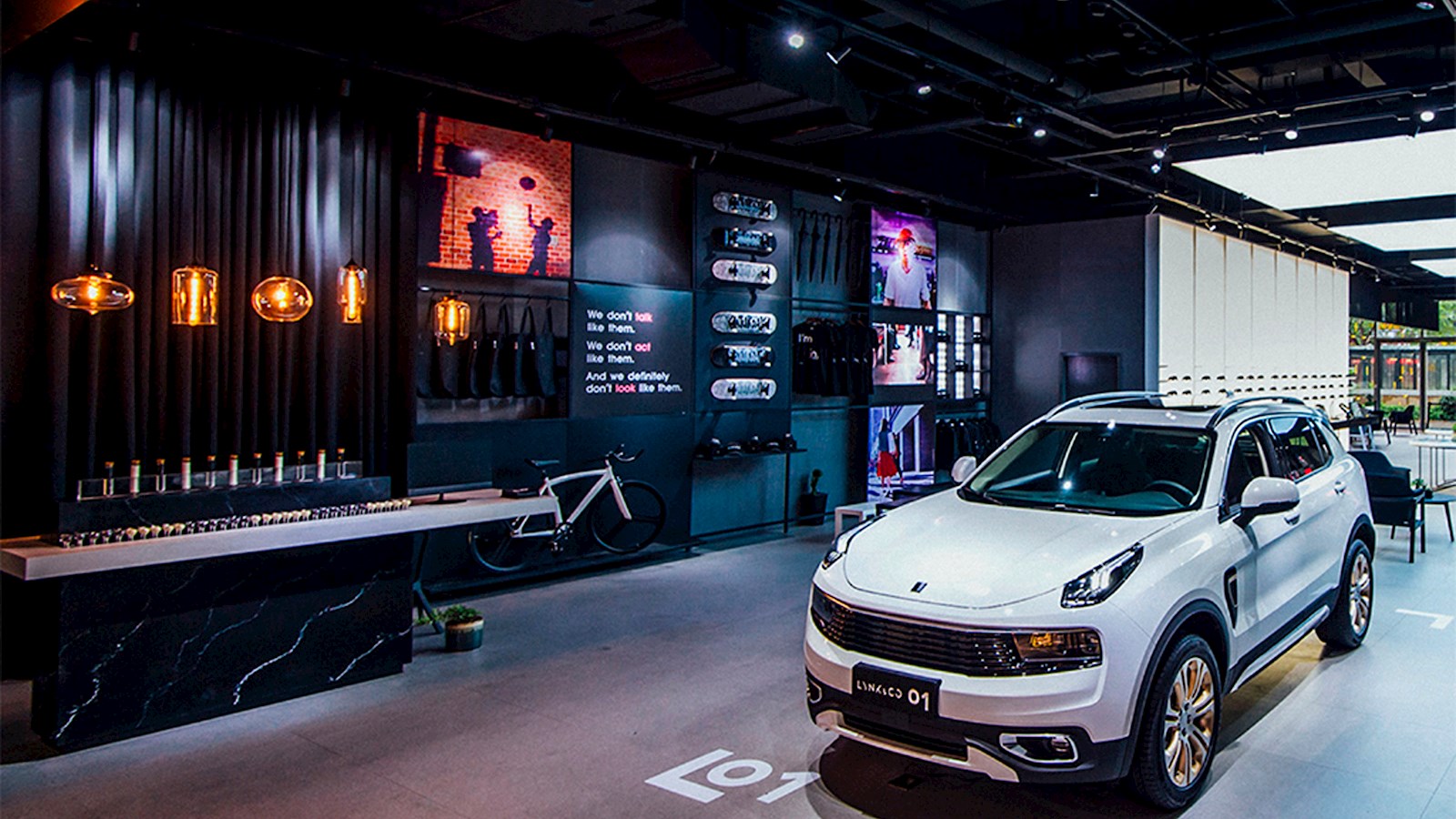
Mobility innovations driving change
The many factors reshaping the way we move
We will see a more significant change in the mobility industry in the next five years than we have seen in the past century.
The rise of data-driven ride-hailing apps, led by DiDi, Uber, Grab and Lyft, is just one of the many factors reshaping the way we move. Other major developments include the growth of digital-first automotive brands such as Lynk&Co, the development of electric scooters, high-speed train networks challenging airlines for short-haul journeys, and low-cost carriers that enable people to explore the world inexpensively. These developments, some evolutionary, others revolutionary, have collectively changed the mobility paradigm.
Karl Benz, Henry Ford and many other great mobility innovators of the late 19th and early 20th centuries set us on a path to mass private car ownership, alongside widespread rail networks that were already connecting towns and cities across the developed world. These modes of transport have not been significantly challenged over the past 100 years, until now. Commercial aircraft added fast international travel to the mix in the latter half of the 20th century but the fundamentals of mobility stayed the same. I travel in largely the same way as my parents and my grandparents. A rush to pass my driving test at 17 bought me freedom but also a lifetime of inefficiency – certainly from a cost perspective! But for my children today, how they navigate and move around the world is completely different.
No need to move
In many ways today, we no longer have any functional need to be on the move. Ecommerce, food delivery apps, high-quality video conferencing, immersive 4K stadium experiences, virtual reality... the list of reasons to stay at home goes on. Yet we are moving around more than ever. In increasing numbers, we are going to ever bigger and better stadiums to watch live sports, to more concerts and festivals, eating out at restaurants, shopping or simply hanging out at malls, taking international weekend breaks and so on. Why? Because we have a basic human need to move, to explore, to socialise and to experience new things.
Experience rather than need
We are rapidly shifting from moving because we “need” to, towards moving because we “want” to. And as our mobility becomes more focused around our individual “wants”, we become more demanding of the experience we receive. Our willingness to accept sub-optimal experiences is declining, and thus brands have an ever-increasing need to deliver better and more relevant experiences across every touchpoint: physical, human and digital.
China at the forefront
Mobility is changing the world over but nowhere is this more evident than in China. That’s partly because of the sheer volume of people, partly because of the rapid economic growth of the past decades, but mostly because the conventions that still to some degree drive the rest of the world don’t exist there. I believe that autonomous vehicles will be adopted faster in China than anywhere else in the world. Not because of better technology or government support (although both are arguably key factors) but because the ideas of self-ownership and the manual driving of cars are less ingrained in the wider population than elsewhere in the world.
Future of mobility experience
As the mobility ecosystem becomes more connected, more digitally-enabled and more seamless, we need to start thinking across touchpoints and about the entire journey rather than specific segments or forms of transport. We need to think about the experience at each moment in the journey and how to create peak moments that drive positive sentiment and advocacy. And most importantly, we need to think about the seamless connectivity of multiple physical, human and digital touchpoints.
Fundamentally, it’s about having the right experience or the right blend of experiences. It’s no longer about “what I can buy from you?”, but more about “what can I experience and achieve with you?”
At FITCH, we work across the mobility sector: with airlines and airports; creating new automotive brands, and also reshaping established competitors; with hospitality businesses on land and sea; and with digital platforms that are increasingly sitting at the centre of it all. We have the privilege of seeing the changing world of mobility through multiple lenses. Most importantly, we see it through a 360-degree view of consumers, and that’s where we see the promise of the future.
published on
26 November 2019
Category
More in Technology & data

How to build your brand in-game
A new research report from WPP and SuperAwesome

WPP puts itself at the heart of collaborative 3D worlds
Pixar's 3D animation file format – USD – is the invisible building block of our digital 3D future.

A clarion call for AI, accessibility & advertising
Innovating at the intersection of AI, accessibility, and advertising

